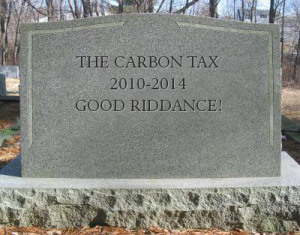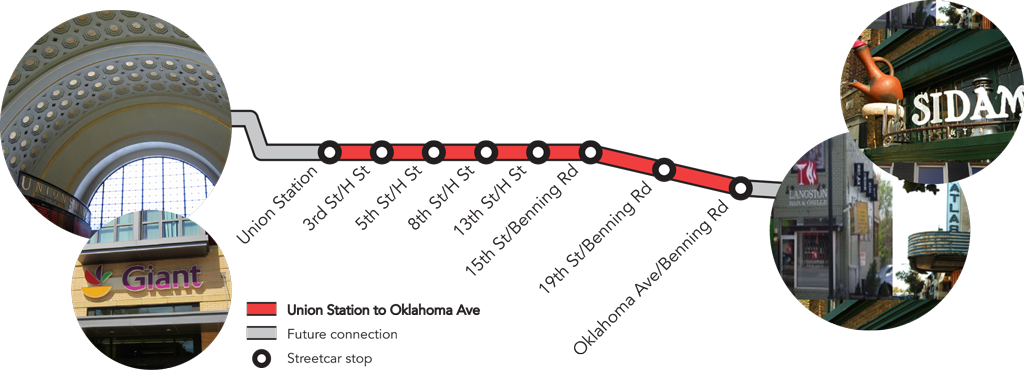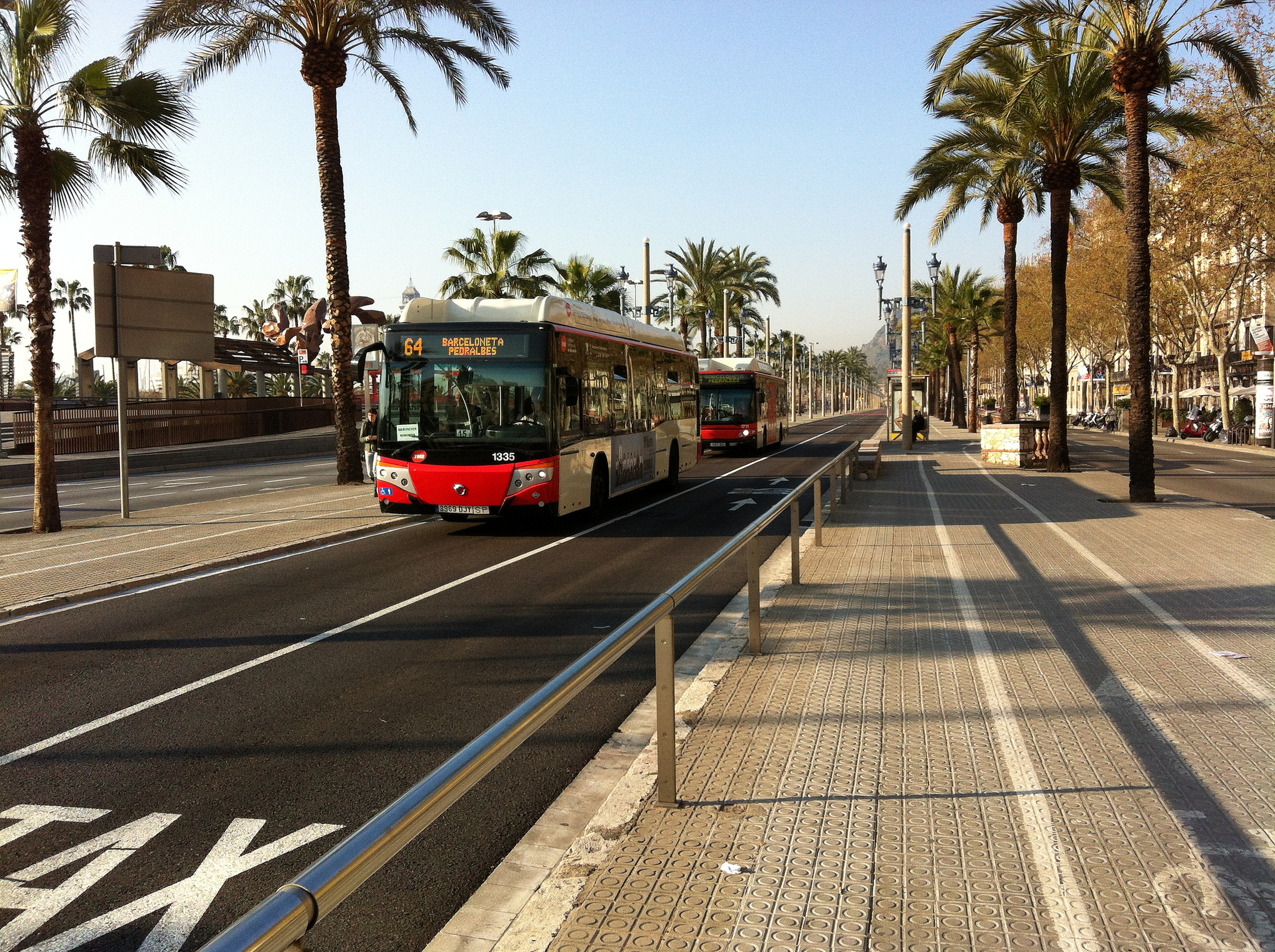 Paul Roderick GregoryContributor
OPINION
Paul Roderick GregoryContributor
OPINION 5/11/2014 @ 12:25AM 22,855 views
Inside Putin's Campaign Of Social Media Trolling And Faked Ukrainian Crimes
Vladimir Putin uses an invisible army of social media propagandists, in addition to conventional media, to support his narrative of an out-of-control Ukraine, to spread fabrications of atrocities by Ukrainian extremists, and to unleash destabilizing rumors on east Ukraine. If Ukraine unmasks the myths of Russia’s disinformation war, Putin’s target audiences, at home and abroad, must eventually reject his whole narrative.
Vladimir Putin secretly handed out awards to 300 journalists for their “objective coverage” of events in Ukraine (See: Irish Times, “
Pro-Kremlin journalists secretly given awards by Putin“). The Orders of Service to the Fatherland they received were not disclosed until a respected newspaper, Vedemosti, published the details. Mr. Putin does not particularly want to advertise the vital role of propaganda in what analyst, Yulia Latynina, calls his
New Type of War against Ukraine–hence the understated awards ceremony.
Putin’s Orders of Service reward his visible army of TV, print and on-line journalists. Left out are the equally important invisible cogs of his propaganda machine; namely, the social networkers, rumor-mongerers, and the armies of trolls, poised to attack any unfavorable media. This invisible, clandestine army, toiling away in obscurity, is an indispensable weapon in peddling the Russian narrative of “neo-Nazi extremists” backed by the U. S. state department and NATO, who usurped control from the “democratically-elected” Ukrainian president. We know Putin’s visible media and can evaluate it as such. We cannot say the same for Putin’s social media warriors, who operate behind a veil of secrecy, anonymity, and assumed identities.
As a personal example: within a few minutes of my posting of just about any Russia or Ukraine article on
Forbes.com, the trolls flood the comments section with insulting, cajoling, combatative, and ad hominem attacks, overwhelming the possibility of any meaningful dialog. I am not alone. The
Guardian readers’ editor reports 40,000 comments a day by an “orchestrated pro-Kremlin campaign” of pro-Russia trolling on Ukraine stories.
Fortunately, the Western media is coming to understand and recognize Putin trolling. As they say: the first step in winning a war is to know your enemy. Include the Russian trolls in the enemy camp.
Western media and diplomats now openly admit that Putin lies deliberately and without hesitation. In its
releases on Crimea, the state department used “fiction” and “false claims” to describe lies of Putin and his diplomats, but the usually restrained New York Timesused “lies” in its
headline. Putin’s reputation for lying was cemented by his casual statement in his April 17 news conference that Russian troops were all along in Crimea, despite earlier denials (See
Seattle Times coverage).
Inquiring minds might ask: If a nation’s leader lies, would not the media that he directly controls lie too? Just how much of the Russian TV and print media’s 24/7 coverage of rampaging Ukrainian extremists, swastika-bearing neo-Nazis, pro-Ukrainian thugs beating Russian speakers, “Right Sector” extremists gunning down unarmed civilians at a checkpoint, and joyous Crimeans welcoming their Russian saviors is fabricated? How much of it is real? The answer: Very little, if any. But it is successful nonetheless.
This columnist, working with limited resources and information networks, has contributed to exposing two outright falsifications/fabrications, to the dismay and indignation of the Putin trolls. (See
Russian TV Propagandist Caught Red-Handed and
Putin Propagandists Caught Red-Handed Again). But for every fabrication that is caught red-handed, hundreds go undetected and into the formation of public opinion in Russia, Ukraine, and the West. Even when exposed, they have already done their damage. It is difficult to wipe out a graphic image imbedded in a viewer’s brain, no matter how false.
Putin’s invisible social-media campaign includes fiction writers posting on fake Facebook (or the Russian version Vkontakte) accounts, pretending to have witnessed some horrendous crime committed by Ukrainian extremists. A second wing handles the shadowy distribution of photo-shopped or staged photos, again featuring Ukrainian atrocities. A third wing spreads rumors to destabilize entire communities and districts. No one really knows from whence the fake photo came or who originated the rumor, but they continue to spread through the targeted population.
I provide examples of each of the three genres of insidious disinformation by Putin’s social media:
First,
Radio Free Europe reported in its
Odessa Doctor or Random Dentist a fabrication following the tragic fire that claimed almost fifty lives in Odessa. Featured as a
Facebook post, this fabrication is supposedly the account of a valiant first-aid physician, Igor Rozovskiy (a Jewish name, by the way), who rushed to the fire to render aid, but extremists denied him entry, beat him, warning that all Jews like him will share the fate of the fire victims. Rozovskiy plaintively ends his account wondering why the world is silent.

The purported Facebook account of Dr. Rosovskiy of the Odessa fire.
Here is my translation of Rosovskiy’s disturbing pose:
Hello. My name is Igor Rosovskiy. I am 39 years old. I live in the city of Odessa. In the course of 15 years I have worked as a first-aid physician. Yesterday, as you know, there was a terrible tragedy in our city, some people killed other people. They killed in a brutal way by burning alive, not in a drunken stupor, not to get their grandmother’s inheritance, but because they share the political views of nationalists. First they brutally beat their victims, then burned them alive. As a doctor, I rushed to help those whom I could save, but the fighters stopped me. They didn’t let me go to the wounded. One rudely pushed me, promising that I and other Jews would suffer a similar fate. I saw a young man I could have saved if I could have taken him to the hospital, but my attempts to persuade were met with a blow to the face and lost glasses. In fifteen years I have seen much, but yesterday I wanted to cry, not from the blows and humiliation, but from my helplessness to do something. In my city such things did not happen even during the worst of Nazi occupation. I wonder why the world is silent.
Good writing! This is enough to make anyone’s blood boil. How can such barbarism be tolerated? Quite a story, perfect for the Russian narrative of crazed neo-Nazi extremists rampaging through eastern Ukraine in search of innocent victims.
The good doctor’s post served its purpose: The Russian-language Facebook,
Vkontakte.ru, gathered more than 5,000 shares one day after it appeared. Rosovskiy’s account was expeditiously translated into English, German, and Bulgarian. Why not believe the story? It seemed to make sense, after all the noise about the Kiev extremists.
Not so fast. Bloggers, who investigated the good doctor’s Facebook story, discovered something odd. Dr. Rozovskiy’s smiling face turns out to be that–the same face, the same room, windows and background–of a North Caucasus dentist — in the advertising brochure of the
Ust Dzhegmiska Dental Clinic. The dental clinic identifies the man on Igor Rosovskiy’s Facebook page as Ruslan Semenov, graduate of Stavropol Medical College, 1997 graduate, 17 years of experience, phone 7-19-68. I decided not to call Semenov in Ust Dzhegmiska. He has probably been bothered enough.
Shortly after Radio Free Europe’s discovery, Rozovskiy’s Facebook account suddenly carried the announcement that “this content is no longer available.”

Igor Semenov, Emergency Room Doctor, Odessa

Ruslan Semenov, Dentist currently working in the North Caucasus
Russian TV blamed an earlier
three-person-one-actor propaganda disaster on a “schizophrenic” actor, who fooled them with his crazy stories. How are they going to explain the valiant Jewish Odessa doctor, who is actually a dentist practicing hundreds of miles away in the restive North Caucasus? Igor Rosovskiy does not exist (He does not show up in a Google.ua search of Odessa physicians), so his disappearance is easy to arrange, to say the least.
My second example of Putin’s clandestine social media activity is the circulation throughout the internet of the purported photograph of a pregnant woman, strangled by Ukrainian extremists in the Trade Unions Building, the site of the Odessa fire tragedy. (If you want to get gory, you might as well go all the way).
This photo circulated unquestioned, until the KyivPost (See:
Moscow journalist says there was no pregnant woman in Odessa Trade Unions Building) reported its debunking by a media reviewer from Moscow, Elena Rybkovtseva. In her investigation, Rybkovtseva began with the question of why there was still no information about the deceased pregnant woman, no mourning relatives, no distraught father-to-be, and no one in the receiving hospital remembering a pregnant victim. When Rybkovsteva showed the receiving doctor the photo, “he immediately said it was clearly an elderly woman who was photographed, for some reason, here in such a pose, likely in order to create the needed effect.” The physician called higher medical authorities, who confirmed there was no pregnant woman among the dead.

Photo of pregnant woman purportedly strangled by Ukrainian extremists in Odessa Trade Unions building
The photo continues to spread on the internet. Maybe Rybkovtseva should contact MD Rosovskiy/aka DDS Semenov somewhere on a mountain top in the North Caucasus.
A third example of Putin’s covert propaganda war is the spreading of rumors about atrocities planned by Ukrainian extremists. In our telephone conversations, acquaintances in Donetsk expressed concerns about tales of poisoned water supply, concentration camps being built outside Donetsk, fascist gunmen lurking in the woods, and pro-Ukrainian circulars poisoned to the touch. The widespread nature and universality of these rumors is confirmed by the Kyiv Post (See:
Rumors and disinformation push Donetsk residents into wartime siege mentality) which identifies the same rumors told me by anxious Donetsk residents, seeking assurances that they were not for real.
Notably, Putin’s invisible disinformation campaign is a carbon copy of the one Stalin used during the Great Terror (1937-1938) and World War II. During this period, the typewriter was one of the scarcest commodities and fiction writers were in high demand. Imaginative writers used the typewriters to paint lurid descriptions of enemies, conspiracies, and spies, written as confessions handed to the “enemies of the people” to sign. Similarly, the systematic spreading of rumors was part of the Stalinist tool kit. In fact, the stories have not changed over 80 years–the enemy is still poisoning the water, lurking in the woods, and planning atrocities with enemy agents.
It should be noted that Mr. Putin, as a young KGB officer in Berlin, was not an intelligence agent but a disinformation specialist who ran informant networks. He is just putting what he learned in his younger days to use, only now as the head of a nation.
One more word on history: Stalin made sure that a political authority, namely himself, maintained strict control over the secret police. His fear was of a coup by the NKVD (predecessor of the KGB) that would put an unchecked secret policeman in charge. Vladimir Putin would be Stalin’s worst nightmare.
 |
If you post on the Marin IJ comments, you surely have seen the comments of Jimmy Fishbob Geregherty, self described Janitor at Political Waste Management. His daily attacks against citizens in Marin is legend.
|


 Paul Roderick GregoryContributor
Paul Roderick GregoryContributor The purported Facebook account of Dr. Rosovskiy of the Odessa fire.
The purported Facebook account of Dr. Rosovskiy of the Odessa fire. Igor Semenov, Emergency Room Doctor, Odessa
Igor Semenov, Emergency Room Doctor, Odessa Ruslan Semenov, Dentist currently working in the North Caucasus
Ruslan Semenov, Dentist currently working in the North Caucasus Photo of pregnant woman purportedly strangled by Ukrainian extremists in Odessa Trade Unions building
Photo of pregnant woman purportedly strangled by Ukrainian extremists in Odessa Trade Unions building









